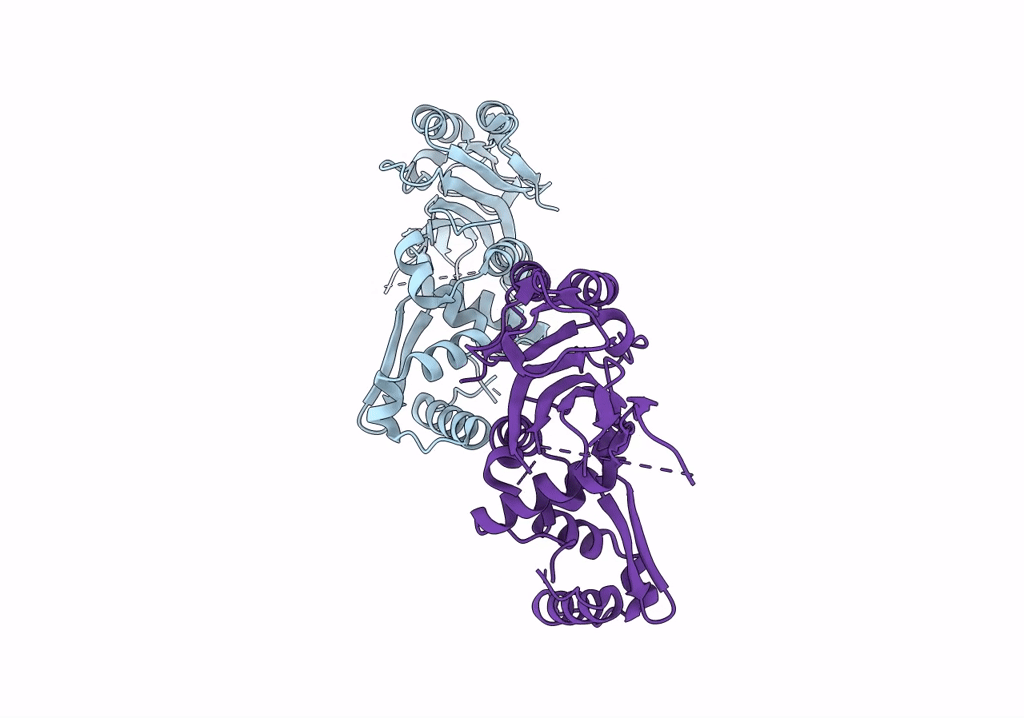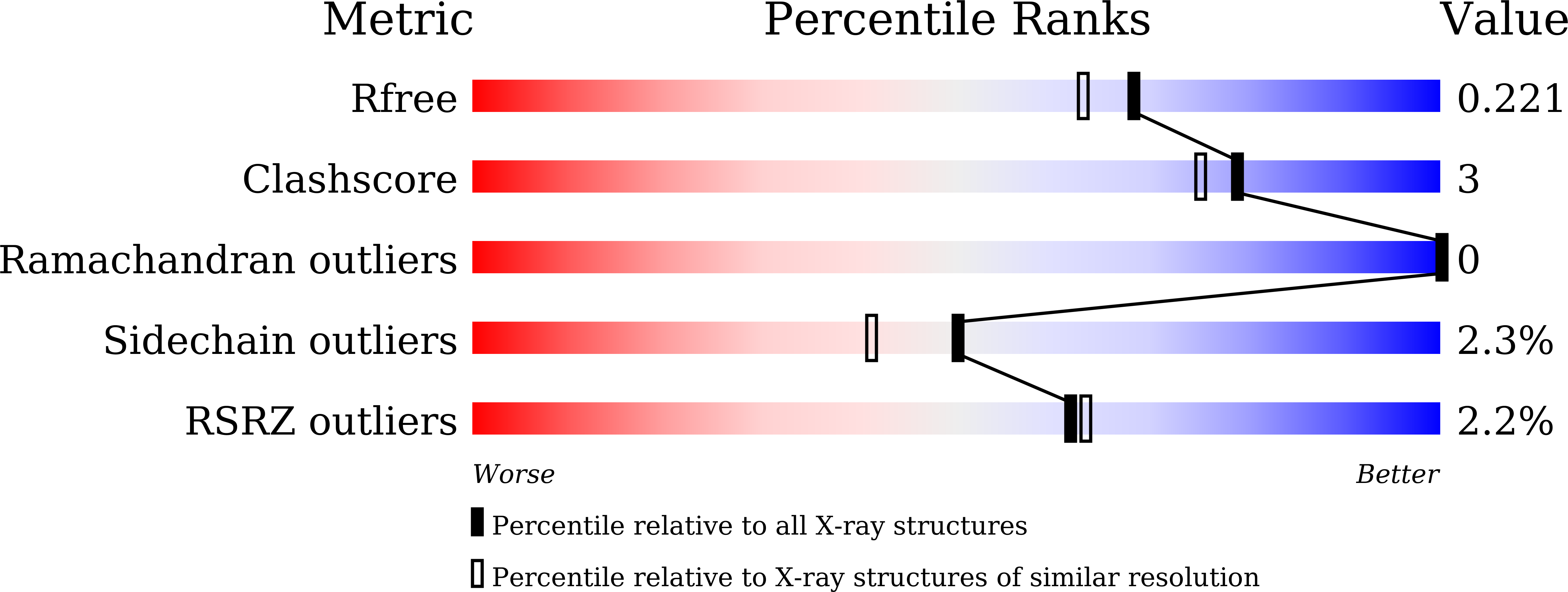
Deposition Date
2022-06-02
Release Date
2023-05-31
Last Version Date
2023-11-29
Entry Detail
PDB ID:
7XZ3
Keywords:
Title:
Crystal structure of the Type I-B CRISPR-associated protein, Csh2 from Thermobaculum terrenum
Biological Source:
Source Organism:
Thermobaculum terrenum (Taxon ID: 166501)
Host Organism:
Method Details:
Experimental Method:
Resolution:
1.89 Å
R-Value Free:
0.22
R-Value Work:
0.17
R-Value Observed:
0.17
Space Group:
P 1


